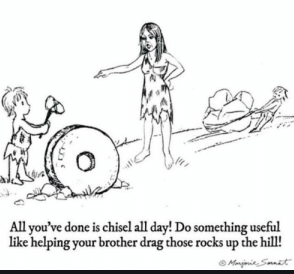Covid is continuing to dominate our lives. I decided after the 1st UK lockdown that there was going to be a fundamental shift in teaching and it was not going to be possible to have face to face workshops any time soon. I teamed up with my colleague Peram in Thailand to offer the training on-line. Peram’s company Technobiz had already started offering training webinars, so the format was estalished. My colleague Mark Wilf will be offering a series on RO in mid February directly after mine finishes.
I have just finished the 2nd week of my 16 session webinar teaching series. I am conducting one webinar a day which lasts for just over an hour and a half. After the presentation, 15 minutes or so is devoted to Q&A. It takes a tremendous degree of concentration. I enjoy the teaching because I am deeply interested in the subject and fascinated by how it continues to develop. We might think we know our industry, but then a new trend starts. Whenever I do a training programme, maybe once a year or so, things have changed and updating my presentations and adding new material reminds me of this.
For example, a few years ago, the market was constantly changed by new modules being introduced with higher membrane surface area. It was an arms race amongst suppliers, and had a major impact on the competitive position, allowing the more nimble, newer players to gain a foothold. Smaller players could gain market share at a stroke since their larger membrane area modules became more competitive. However, this trend was then displaced by the very recent trend for the development of portfolio companies, as discussed in my blog of 26th July. Prior to this trend, each supplier was an advocate for its own choice of material and format. However, portfolio companies were able to offer alternative solutions from across the whole spectrum. Clearly, it’s going to take some time for this change to be fully reflected in the market since the original sales teams are still in place, but it is the start of a major shift and slowly but surely, there will be an irreversible change in the perception of product options.
The curious thing though is why polymeric materials haven’t changed. Forming membrane fibres from the polymers has definitely improved with all suppliers enhancing strength and permeability. But the core polymer still seems to be basically the same. When BASF owned inge, they made an exciting development in fouling resistance which was presented at conferences in 2015, but I am not sure whether the development reached the market. Shortly after, Arkema introduced a novel PVDF which offered great promise. This still hovers at the fringes of the market and has yet to influence the mainstream. Water Planet then introduced a new polymer chemistry entirely. PolyCera was used as the name of the product and became the new name for the company. It too struggled to gain traction.
The problem is that the economics of any modifications are fraught. The cost increase can dwarf the benefits of performance improvement, especially when volumes are low. Also, the performance may be limited by more than just the polymer properties anyway. The consequence is that we are largely using the same polymers as we were 25 years ago. Perhaps the next big change will be really radical. Ceramics have hardly started to capture a share of the mainstream water market, but are now poised for a seat at the top table since their advantages are potential game changers, as I discussed in my November blog. Pricing however is still a dampener. Ceramics will feature in my two session webinar series on 3rd and 4th February. Hope to see you there, or you can access them or any of the webinars after the event on catch up at store.technobiz.org/product/….

